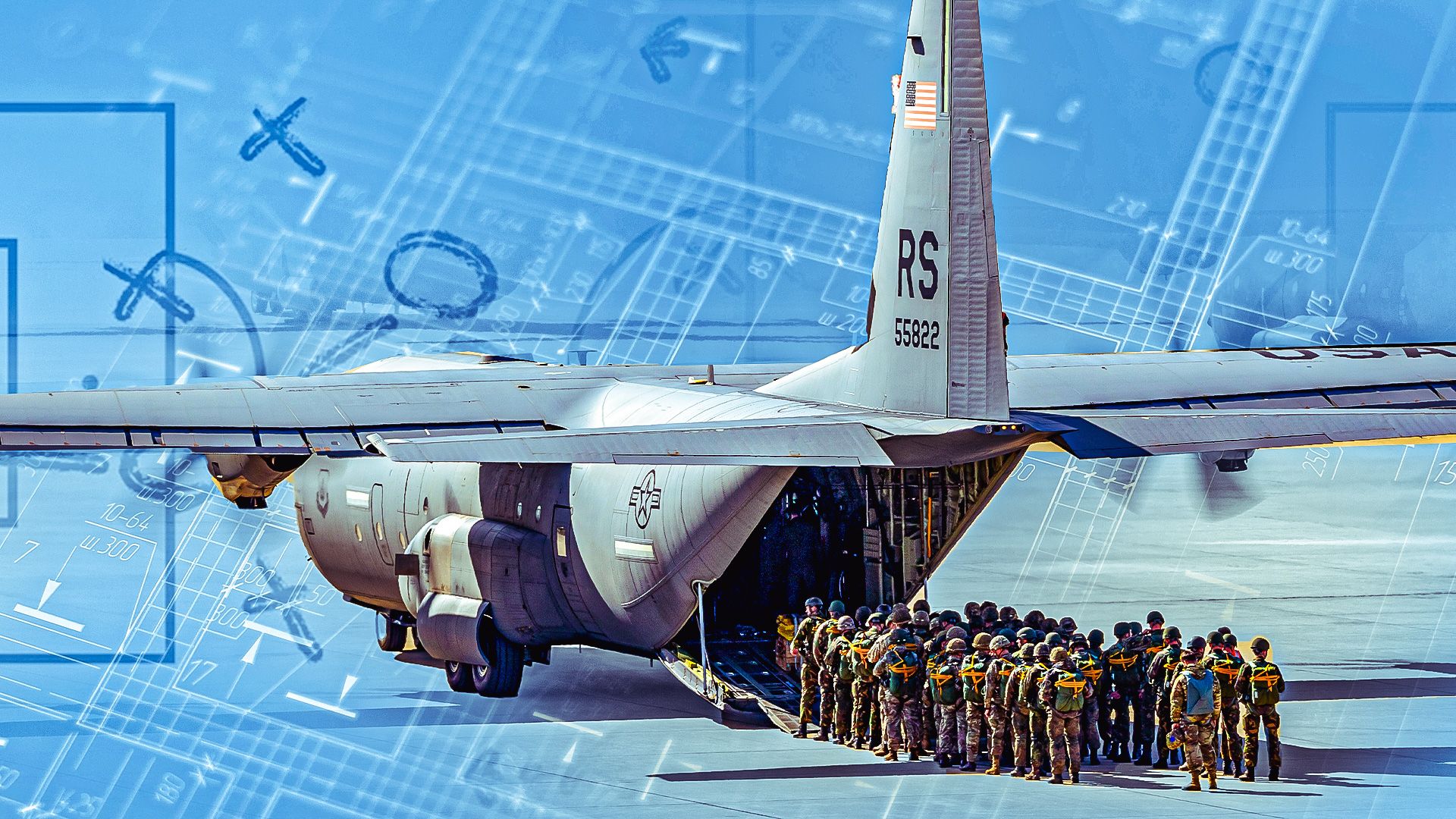US Military's Largest Air Bases and Their Strategic Functions

Overview of key American military installations worldwide
The United States maintains an extensive network of military air bases both domestically and internationally that serve various strategic purposes. These installations support the approximately 5,000 aircraft operated by the US Air Force and 3,300 aircraft maintained by the Navy and Marine Corps, collectively forming a significant component of American military power projection capabilities.
Forward operating bases like Andersen Air Force Base in Guam and Kadena Air Force Base in Japan serve as critical outposts for US military operations in the Pacific region. Other strategically positioned bases include Incirlik Air Base in Turkey, Al-Udeid Air Base in Qatar, and facilities in South Korea that allow the US to maintain presence near potential conflict zones. The importance of specific bases fluctuates based on regional tensions, with different installations becoming more critical depending on where American military attention is focused.
KEY POINTS
- •US operates bases worldwide
- •Bases serve specialized functions
- •Forward bases near potential hotspots
The US military's bomber fleet operates primarily from several specialized domestic bases. Whiteman Air Force Base in Missouri houses the B-2 Spirit fleet, while bases in Texas, South Dakota, North Dakota, and Louisiana support B-1B Lancers and B-52 Stratofortress bombers. Ellsworth Air Force Base has been designated as the future home for the B-21 Raider, expected to enter service in 2027. Earlier in 2025, the US deployed B-2s to Diego Garcia as a show of strength, and during the Iran conflict in June, B-2s conducted nonstop missions from Whiteman.
Training operations represent another major function of US military air bases. Luke Air Force Base in Arizona serves as the primary training facility for F-35 Lightning II pilots, including those from NATO allies and partner nations like Japan. Joint Base San Antonio-Lackland conducts all basic military training for the Air Force and Space Force, while specialized facilities like Fort Novosel in Alabama and Naval Air Station Whiting Field in Florida provide helicopter training for Army, Navy, and Marine Corps pilots.
Logistics hubs form the backbone of US military air mobility, with Travis Air Force Base in California serving as the "Gateway to the Pacific" and handling more cargo and passenger traffic than any other US military terminal. The base hosts the 60th Air Mobility Wing, which operates C-5M Super Galaxy and C-17 Globemaster III cargo aircraft along with refueling assets. Other significant logistics nodes include Dover Air Force Base in Delaware and Ramstein Air Base in Germany, which support operations across different regions.